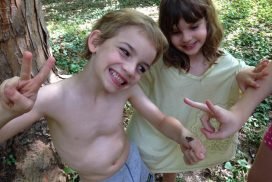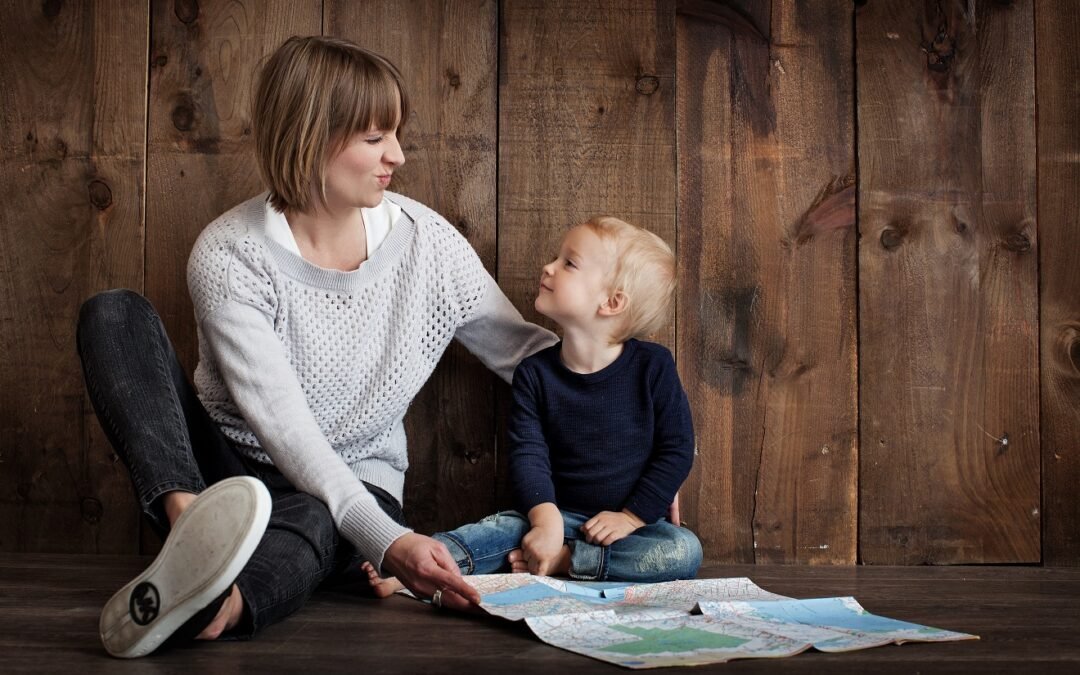“I have tadpoles in our kiddie pool. You know you are jealous.”
posted one of my friends on Facebook a few years ago. And yes, I was jealous. Raising tadpoles is one of the quintessential homeschool science activities, right? And there were some, free, local, and even native to the area. I could release the frogs when they matured and be an eco-saver, instead of destroying native habitats with foreign frogs. Of course, I begged her to give me some!
 Shortly thereafter, we cleaned our old, empty fish tank and filled it with water and dechlorinating drops. We were just in time to receive my friend’s gift: a jar of 10 tadpoles! My oldest did some research on what to feed them. Based on their research, we cooked some lettuce and froze it into ice cubes. That would be their food. I was so relieved to learn I did not have to give them a constant supply of bugs!
Shortly thereafter, we cleaned our old, empty fish tank and filled it with water and dechlorinating drops. We were just in time to receive my friend’s gift: a jar of 10 tadpoles! My oldest did some research on what to feed them. Based on their research, we cooked some lettuce and froze it into ice cubes. That would be their food. I was so relieved to learn I did not have to give them a constant supply of bugs!
Reality set in quickly.
However, later that night, my oldest child and I both felt very apprehensive about this project. My 12-year-old actually had nightmares about tadpoles and frogs which drove them to sleep in her little sister’s room. I realized sometime during the second day that if I suddenly had 10 large bullfrogs to deal with, that could be a major problem. I finally invented a plan involving transporting them in a five-gallon bucket. This plan was completely and utterly pointless in the end, but I felt the need to have a plan.
For three weeks, we watched the tadpoles grow, drew their pictures, and read books featuring frogs. We noted a few were starting to get legs, but not getting very big. Then, one day we saw that one tadpole was a tiny frog with a tail and was swimming very quickly. How exciting!
Excitement quickly turned to alarm when we found it later that night climbing the wall of the fish tank. We didn’t have bullfrogs. We had tree frogs! Tree frogs that could climb glass and didn’t want to stay in the tank! Who even knew that there were tree frogs in this part of Virginia? (I will note I am not native to the area. There are, in fact, plenty of tree frogs native to this area of Virginia.)
I quickly put a lid on the fish tank, added a few things to it for the creatures to climb, and pondered how long to keep it. It still had a tail and wasn’t fully transformed, but the kids were rather freaked out. My oldest child named the frog “Walter Tree Frog” and again slept in her sister’s room.
Born Free!
 The next morning, I found Walter on my daughter’s nightstand. We had a release party for him in the yard.
The next morning, I found Walter on my daughter’s nightstand. We had a release party for him in the yard.
Gradually, over the next few weeks, all the frogs changed. Except for the three we had given to another family. Those three frogs were involved in a horrible pickle-jar-breaking incident that we just shouldn’t talk about.
My oldest did some interesting research into types of tree frogs and how to tell them apart. We did keep one frog in a lidded enclosure long enough for it to make the full transition and for us to identify it as a grey tree frog.
Unfortunately, two of the tree frogs made a full-on escape from the tank. They had somehow squeezed through some tiny cracks I had missed when I went over the lid with duct tape. I left the door open a lot that week for the dog—I pretend those two frogs went right out the door on their own. My oldest child, though completely traumatized by the experience, did eventually return to sleeping in their own room. Thanks for asking.





0 Comments